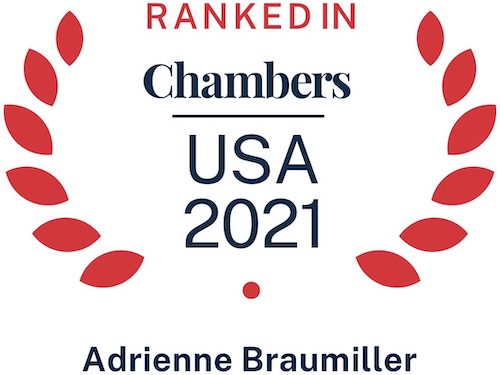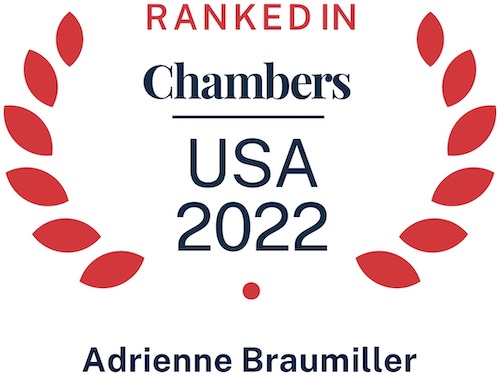Japan and U.S. Trade Agreement
By Jennifer Horvath, Partner at Braumiller Law Group PLLC
After challenging negotiations and rising tariff tensions, the U.S. and Japan have reached a trade deal.
This agreement precedes the August 1st tariff deadline, preventing a scheduled 25% tariff increase on Japanese products. The deal includes substantial Japanese investments in the U.S.
Trade talks intensified in July after a temporary tariff pause ended and a 25% tariff on imported Japanese cars was reapplied. After negotiations with the U.S. in early July, Japan has agreed to a large investment package intended to reduce stress and ensure a more stable long-term trade relationship.
According to the agreement, Japan will invest about $550 billion in the U.S. This investment involves ordering 100 Boeing jets, investing in infrastructure and clean energy, and increasing cooperation in semiconductors and important minerals. U.S. negotiators state that 90% of the profits from these investments will go to the U.S.
In return, the U.S. will decrease tariffs on Japanese cars to 15%. Japan will also receive lower tariffs on important exports like semiconductors and pharmaceuticals. Japanese officials say these terms are among the best the U.S. has ever given to a trade partner.
Japan agreed for greater ingress of American agricultural products in its economy, raising U.S. rice imports by 75%, and committed to investing $8 billion into U.S. products, such as corn, soybeans, fertilizer, bioethanol, and sustainable aviation fuel. This is a significant investment, given Japan is the second most significant importer of U.S. corn in the marketing year 2023–24 and is a major export market for U.S. rice. Nonetheless, Japan reiterated its commitment to protect its own agriculture sector, and negotiators say this topic will be revisited.
While the agreement douses any immediate sparks in trade tension, some crucial issues still remain to be solved. There was no discussion about enforcement mechanisms, time frames, or dispute resolution. Significant negotiations are still needed to arrive at the full implementation of the agreement. Trade officials on both sides will continue talking over the next months to arrive at a fully enforceable agreement.
Read more articles by these authors:
Jennifer: https://www.braumillerlaw.com/author/jenniferhorvath/



























